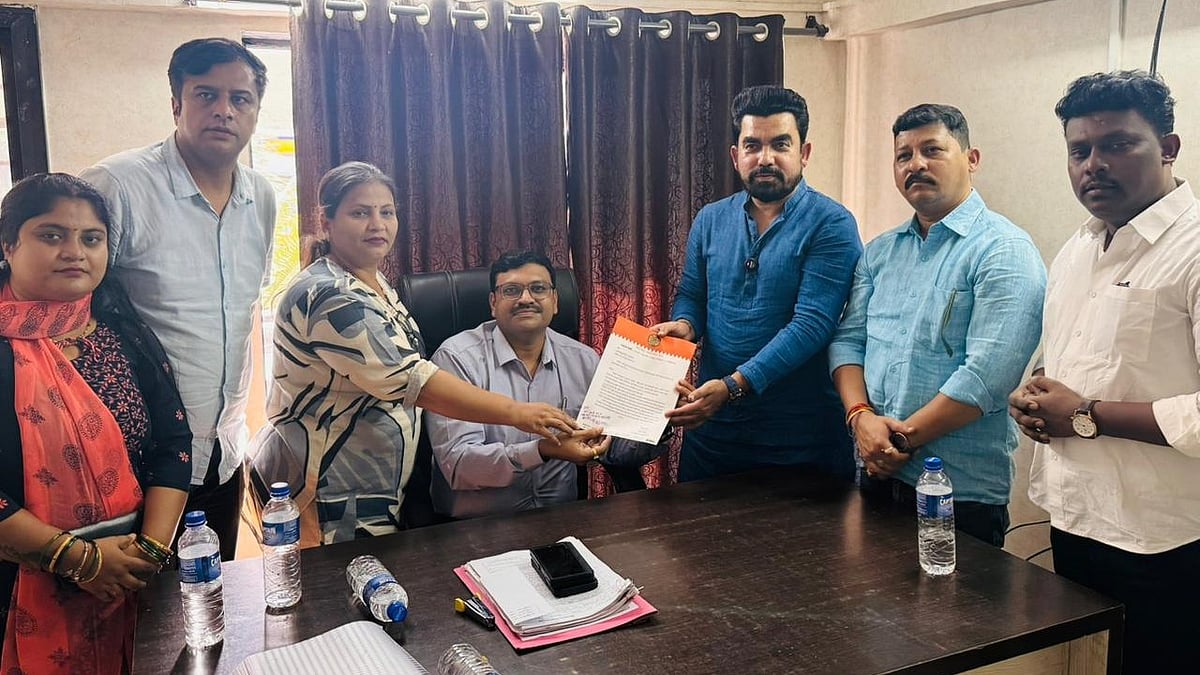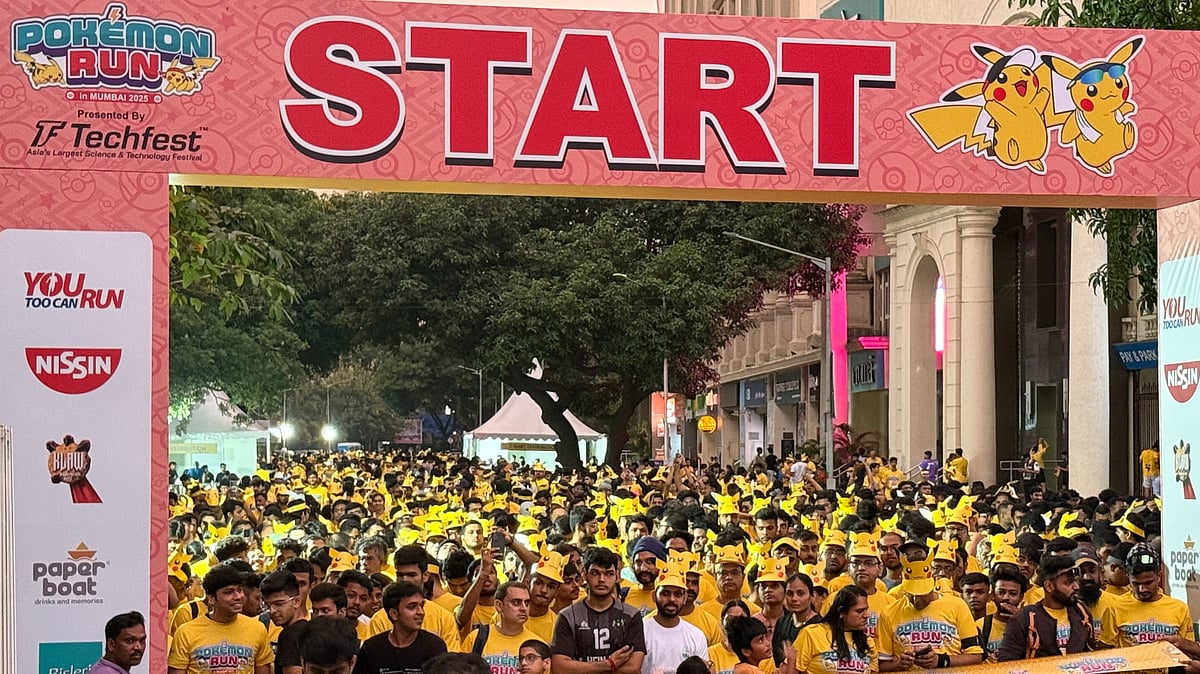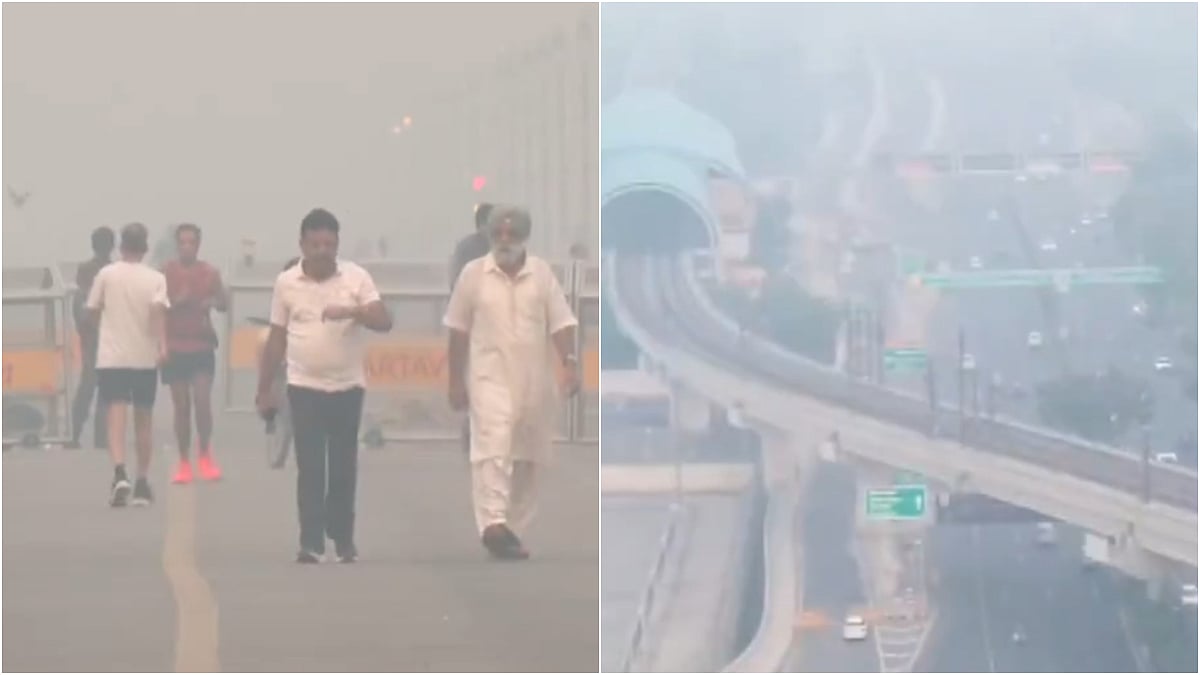Perhaps India's grand old party Indian National Congress (INC) itself had not imagined that in the monsoon state assembly session they would get the Leader of Opposition's position in the House. Last week just as the state assembly session was getting over, Congress leader and former minister Vijay Wadettiwar was made the Leader of Opposition by his party high command. Just till a year ago Shiv Sena as the largest Opposition party in the house held the position and after the split in Sena the position went to the second largest party in the Opposition, NCP. Because of the split in both these parties, the Congress, which was at number three in the Opposition alliance in the first session after the 2019 assembly elections, now suddenly finds itself in the driver's seat on the opposite side!
The bigger national picture suggests that the BJP and Congress both have realised that they have to go into the 2024 general elections not alone but with alliances. Opposition forming the Indian National Developmental Inclusive Alliance or I.N.D.I.A. and the BJP going back to its alliance partners to reform National Democratic alliance or NDA, clearly shows that the nation is headed back towards the era of politics of alliances. There are 11 political parties which firmly say that they want to be non-aligned and they currently have 63 members in Lok Sabha and 28 members in Rajya Sabha which is a sizable force. These non aligned parties have 445 MLAs in assemblies in various states. But now the big question is how many of them will be able to get their MPs elected back to the LS and RS given the polarised politics that we see developing.
As things stand now, the NDA alliance has announced that they have 38 parties with them, while the INDIA alliance has 26 members from various states. NDA has 332 members in Lok Sabha while INDIA has 141 and in Rajya Sabha NDA has 105 and INDIA alliance has 93. So overall the numbers seem to be stacked in favour of the NDA and the question is whether these numbers will work as a gravitational force to attract some constituents from the INDIA alliance towards the NDA?
As we have seen in Maharashtra in the past twelve months, political leaders changing their minds about which side they want to be on, is now becoming a common feature. There seems to be no assurance that political ideology will bond people on one side. The split in the Shiv Sena, where the breakaway faction not only claimed that they were the real and original party but also claimed and got the election symbol of the original party, is a new phenomenon that Indian politics has witnessed. There is no guarantee that this type of thing will not happen with other regional parties in north Indian or south Indian states. In Bihar where Nitish Kumar firmly is now against the BJP, or in other states where regional parties have ruled, there is a possibility that the “Maharashtra pattern” may be seen happening in other states of the country.
It was the BJP that first realised in the late 1990s that if they were to challenge the Congress party, they would have to take the help of many regional like-minded parties, so National Democratic Alliance was formed under the leadership of Atal Bihari Vajpayee, with George Fernandes as its convenor. In 2003/04 the Congress party formed a committee under Pranab Mukherjee to figure out how they could challenge the BJP; the Mukherjee committee strongly advised that an alliance with small parties should be formed and that's how the United Progressive Alliance or UPA was formed. India saw politics of alliances during Vajpayee and Dr Manmohan Singh’s era; this ended when Narendra Modi emerged as a strong leader after 2014. However, now it seems that the BJP feels the need to return to its NDA alliance partners and has this time taken 38 partners along.
The splits that happened in two big political parties in Maharashtra, have now marginalised many small parties in the state. A typical example is Raj Thackeray's Maharashtra Navnirman Sena or MNS, which finds itself struggling to decide which side it actually should be on! In the period before 2019 assembly polls MNS was firmly with NCP chief Sharad Pawar, targeting the BJP-Shiv Sena saffron alliance, vehemently opposing BJP in various rallies and criticising the Sena. Post elections, after Pawar formed and alliance with Uddhav Thackeray, the MNS was left clueless about what to do and slowly aligned itself with the BJP, taking up the cause of Hindutva, but now finds no room in the BJP-led alliance as Eknath Shinde and Ajit Pawar have occupied all the political space there.
The MNS is not alone. Many small political outfits in various parts of Maharashtra have now found that there will perhaps be no space for them in the arena because BJP, Shinde's party, two factions of NCP, Uddhav's Sena and Congress take up all the space that was available. Leaders like farmer leader and Swabhimani Shetkari Sanghatana chief Raju Shetti or Rashtriya Samaj Paksha leader Mahadev Jankar will really struggle to create space for themselves.
Smaller political outfits might mostly get subsumed by the larger players like the BJP. In the past too the BJP insisted that some of its smaller partners will be given seats to be contested from its quota, provided they fight the elections on the BJP's lotus symbol. This time around it is expected that the BJP would adopt the same strategy. So the larger statewide picture would be that the era of small political parties may be coming to an end in Maharashtra. Parties like Raj Thackeray's MNS may be confined to fighting only the municipal polls in their stronghold areas such as Mumbai and Nashik, while leaders like Shetti and Jankar would have to compromise with one of the large political forces to ensure they retain their own seats in the state council. It is becoming very clear that while the country may be returning to the era of large alliances, Maharashtra may see the demise of small parties and will return to only two large party alliances fighting each other.
Rohit Chandavarkar is a senior journalist who has worked for 31 years with various leading newspaper brands and television channels in Mumbai and Pune










